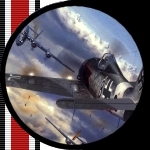Jagdwaffe Single Engine
Schemes 1938-1940During the late
thirties, the Jagdwaffe changed from their original RLM 02 (or 63, which is actually
the same color with a different designation) Grey to a new and more defensively orientated
camouflage scheme. The primary goal of this change was to be concealment on the ground,
with Europe at the brink of war the Jagdwaffe realized it still wasn't ready to take up
the combined air power of Britain and France, thus a dark green splinter pattern
consisting of RLM 70/71, optimized to hide aircraft from attack from the air, was
developed for the upper surfaces and fuselage, with a low demarcation line and a light
blue RLM 65 underside.
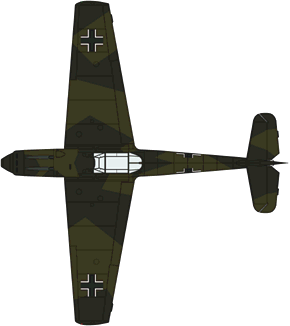
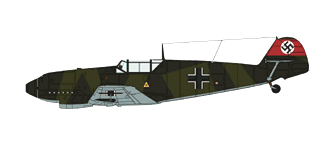
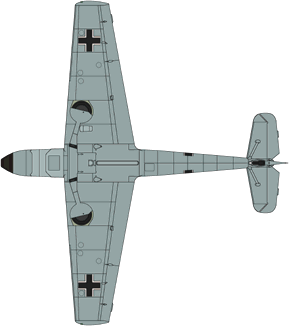
The feared Allied counterattack did not
materialize, not even in the winter of 1939/40 after the campaign in Poland, negating the
use of a defensive camouflage scheme. The dark green splinter pattern might have been
efficient in concealing an a/c on the ground, it was counter productive in air
combat. The dark colors contrasted against the sky and made it easier for enemy a/c
to spot and follow the movement of German fighters. First step in changing the situation
was to heighten the demarcation line to the upper part of the fuselage, leaving much of
fuselage in RLM 65 blue and thus making the side profile much lighter and less conspicuous
in the air.
During the campaign against Poland it had become
apparent that the Balkenkreuz was too small for quick identification, either in the
air or from the ground, subsequently these were increased in size and those on the wings
were moved to a different position, less on the outside as was their previous location.
This early offensive scheme would dominate the Spring offensive of 1940, in particular the
attack on the Low Countries and France.
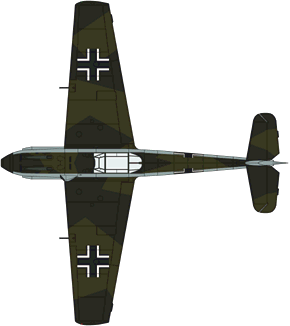
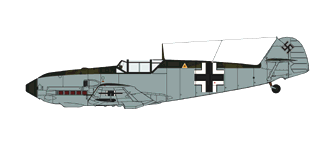
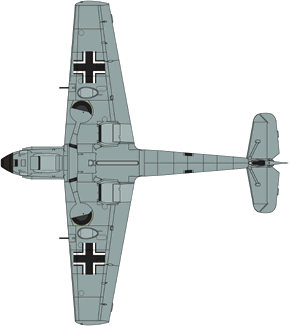
At the same time experimentation with
RLM 02, a good air superiority color, to create an improved disruptive pattern, was being
conducted in the field. Combinations of RLM 70/02/65, 71/02/65 and 70/71/02/65 were tried,
finally resulting in the official adaptation of RLM 71/02/65 in a simplified splinter
pattern.
While changes were being made to the camouflage, the Hakenkreuz was also repositioned, to
make a rudder replacement a less demanding job for the painters, the previous position
splitting it between fin and rudder.
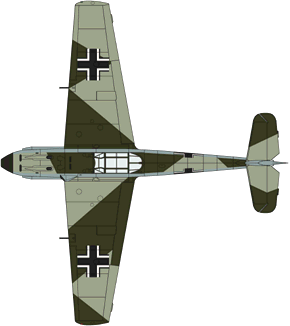
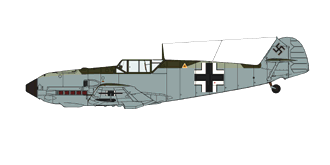
As the Battle of Britain heated up
during the Summer of 1940, the need for still better identification made itself felt. The
Messerschmitt Bf109E and its British counterparts, the Hawker Hurricane Mk.I and in
particular the Supermarine Spitfire Mk. I, were too similar in basic contours for the
fast, chaotic and extremely demanding job of aerial combat. Not only was there a danger of
casualties from friendly fire, but more importantly, Jagdwaffe pilots needed to grasp the
tactical situation in a quick glance, this often meant the difference between victory or
defeat...between life or death. The current combat environment negated concealment, both
in the air and on the ground, quite the opposite, it called for clear and easily
identifiable recognition markings. After some initial experimentation the soon to be
famous "Yellow Nose" and ubiquitous yellow rudder became the standard.
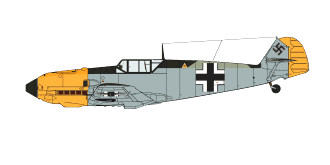
During the fall of 1940
experimentation with completely new camouflage colors, better suited to the role of air
superiority, was being conducted on the front, many reports and photographs of
mixed/hybrid camouflaged a/c are reason for a lot of confusion and debate today, but the
official changeover wasn't made until June 1941. The new colors for fighters were to be
RLM 74, 75 and 76, respectively a dark grey/green, a light grey/violet and a lighter blue.
This scheme was aimed at better concealment in the air and not on the ground.
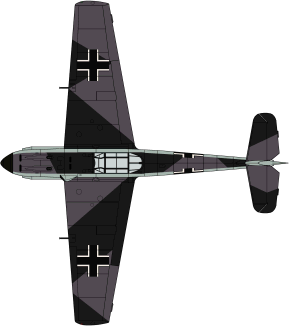
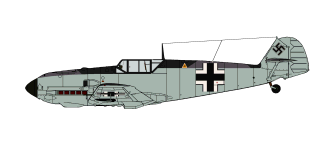
This brings us to 1941, the next
chapter, to be continued... |
